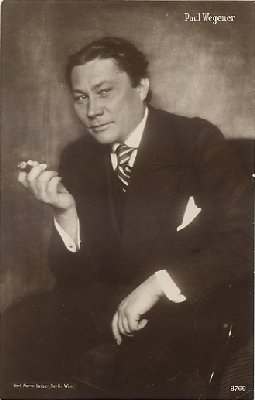
Paul Wegener was a German actor, writer, and film director known for his pioneering role in German expressionist cinema.

Guido Seeber was a German cinematographer and pioneer of early cinema.

The Student of Prague is a 1913 German silent horror film. It is loosely based on "William Wilson", a short story by Edgar Allan Poe, the poem The December Night by Alfred de Musset, and Faust. The film was remade in 1926, under the same title The Student of Prague. Other remakes were produced in 1935 and 2004. The film stars Paul Wegener in his film debut. It is generally deemed to be the first German art film.
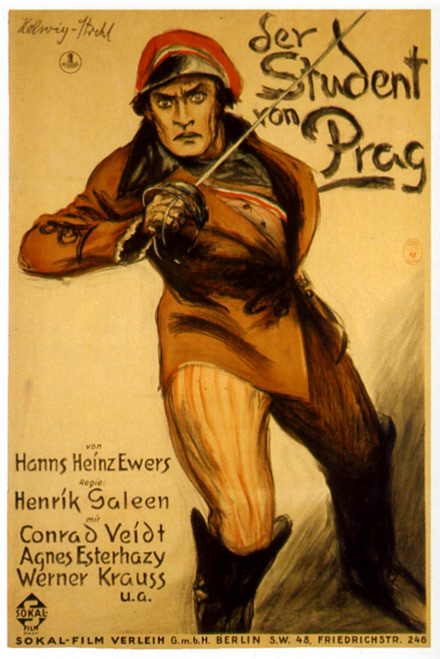
The Student of Prague is a 1926 German Expressionist silent film by actor and filmmaker Henrik Galeen.
The Student of Prague may refer to:
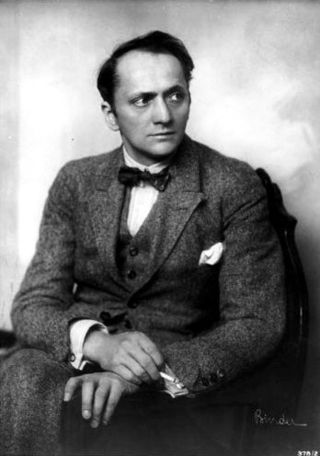
Theodor August Konrad Loos was a German actor.
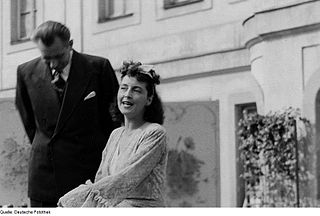
Dorothea Wieck, born Dora Bertha Olavia Wieck, was a German theatre and film actress.

Lady Hamilton is a 1921 German silent historical film directed by Richard Oswald and starring Liane Haid, Conrad Veidt and Werner Krauss. The film depicts the love affair between the British Admiral Lord Nelson and Lady Emma Hamilton. It was based on two novels by Heinrich Vollrath Schumacher. A copy of the film exists in a Russian film archive.

Joan of Arc is a 1935 German historical drama film directed by Gustav Ucicky and starring Angela Salloker, Gustaf Gründgens and Heinrich George. It depicts the life of Joan of Arc, and is the first female embodiment of the Nazi Führer figure in film. The press in Germany and abroad detected direct parallels between the presentation of France in 1429 and the situation in Germany in 1935.
Figures of the Night (German:Nachtgestalten) is a 1920 German silent horror film written, directed and produced by Richard Oswald and starring Paul Wegener, Conrad Veidt, Reinhold Schünzel and Erna Morena. It is based on the novel Eleagabal Kuperus by Karl Hans Strobl. Strobl was the editor of a German horror fiction magazine called Der Orchideengarten which was said to have been influenced by the works of Edgar Allan Poe. Strobl was an anti-Semitic and later willingly joined the Nazi Party, which may explain why he has become an obscure literary figure today.
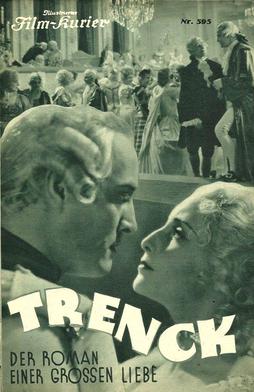
Trenck is a 1932 German historical film directed by Ernst Neubach and Heinz Paul starring Hans Stüwe, Dorothea Wieck, and Olga Tschechowa. The film was based on a novel by Bruno Frank. It was shot at the Johannisthal Studios with sets designed by the art director Erich Czerwonski. It depicts the life of the Eighteenth century adventurer Friedrich von der Trenck.

Tomfoolery is a 1936 German comedy film directed by Willi Forst and starring Renate Müller, Jenny Jugo and Anton Walbrook. It was shot at the Johannisthal Studios in Berlin. The film's sets were designed by the art directors Kurt Herlth and Werner Schlichting. It premiered at the Gloria-Palast in Berlin on 12 June 1936.

The Soldier and the Lady is the 1937 American adventure film version of the oft-produced 1876 Jules Verne novel, Michel Strogoff. Produced by Pandro S. Berman, he hired as his associate producer, Joseph Ermolieff. Ermolieff had produced two earlier versions of the film, Michel Strogoff in France, and The Czar's Courier in Germany, both released in 1936. Both the earlier films had starred the German actor Adolf Wohlbrück. Berman also imported Wohlbrück, changing his name to Anton Walbrook to have him star in the American version. Other stars of the film were Elizabeth Allan, Margot Grahame, Akim Tamiroff, Fay Bainter and Eric Blore. RKO Radio Pictures had purchased the rights to the French version of the movie, and used footage from that film in the American production. The film was released on April 9, 1937.
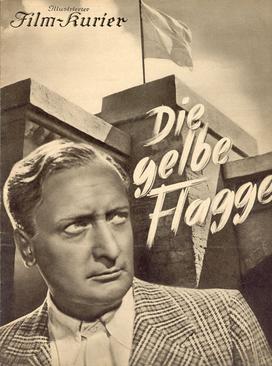
The Yellow Flag is a 1937 German drama film directed by Gerhard Lamprecht and starring Hans Albers, Olga Tschechowa and Dorothea Wieck. It was shot at the Babelsberg Studios in Berlin. The film's sets were designed by the art director Ludwig Reiber. Location filming took place in Yugoslavia.
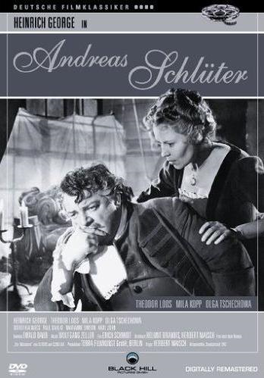
Andreas Schlüter is a 1942 German historical drama film directed by Herbert Maisch and starring Heinrich George, Mila Kopp and Olga Tschechowa. It portrays the life of the 18th-century German architect Andreas Schlüter. It was shot at the Babelsberg Studios and Althoff Studios in Berlin. The film's sets were designed by the art directors Hermann Asmus, Kurt Herlth and Robert Herlth.

The World's in Love is a 1935 Austrian comedy film directed by Viktor Tourjansky and starring Mártha Eggerth, Leo Slezak and Ida Wüst. It is based on the operetta Clo-Clo. The film's sets were designed by the art director Julius von Borsody. It was remade in Britain the following year as Dreams Come True.

Sword and Shield is a 1926 German silent historical romance film directed by Victor Janson and Rudolf Dworsky and starring Mady Christians, William Dieterle and Albert Steinrück. It is in the Prussian films tradition.

Friedrich Schiller is a 1923 German silent historical film directed by Curt Goetz and starring Theodor Loos, Hermann Vallentin, and Ilka Grüning. It is a biopic of the life of the eighteenth century writer Friedrich Schiller. In 2005 the film was restored with a slightly shorter running length.
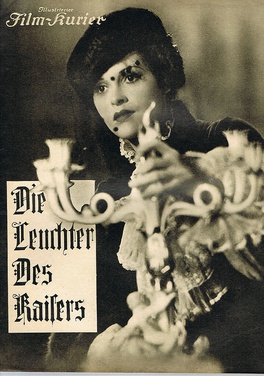
The Emperor's Candlesticks is a 1936 Austrian historical adventure film directed by Karl Hartl and starring Sybille Schmitz, Karl Ludwig Diehl and Friedl Czepa. It is an adaptation of Baroness Orczy's 1899 novel The Emperor's Candlesticks. A Hollywood film version of the story The Emperor's Candlesticks was released the following year.
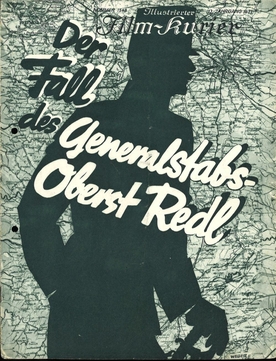
The Case of Colonel Redl is a 1931 Czechoslovak spy drama film directed by Karl Anton in German language. It stars Theodor Loos, Lil Dagover and Otto Hartmann. It was co-production between the Prague-based companies Elektafilm and Sonor Film. A separate Czech-language version The Affair of Colonel Redl was also shot at the same time. It was based on a 1924 novel of the same title by Egon Erwin Kisch, based on the story of Alfred Redl.


















